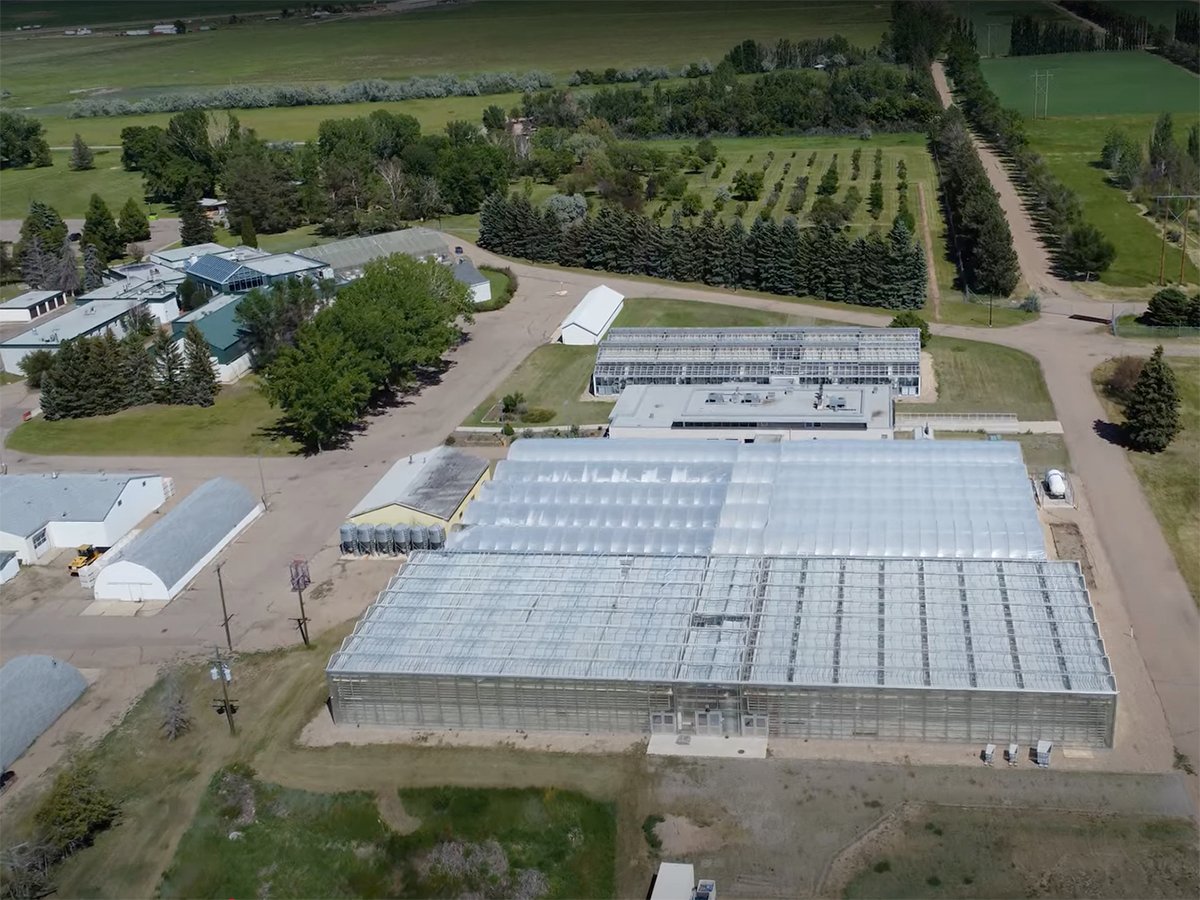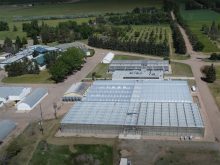CARMAN, Man. (Staff) – In 1885, the director of the Brandon Experimental Farm wrote a letter to the minister of agriculture to inform him that wheat yields were five percent higher when the crop was rotated with flax.
Martin Entz, a researcher at the University of Manitoba, told producers on a recent tour of the field station that new data supports the long-ago finding at Brandon.
Using information on quarter-section fields planted between 1981 and 1993 from the Manitoba Crop Insurance Corporation, researchers looked at increases in wheat yields when the crop was in rotation.
Read Also

Alberta crop diversification centres receive funding
$5.2 million of provincial funding pumped into crop diversity research centres
When wheat followed flax, there was a 16 percent increase in yield over fields with wheat following wheat. After field peas, wheat yield rose 11 percent.
This dropped to eight percent when wheat followed canola. When wheat followed barley, there was a five percent yield increase.
Entz said more oilseeds are now being included in rotations. Although this can bring disease problems, oilseeds do have deep roots that can improve soil.
But farmers are also using more conservation tillage. No-till or minimum-till fields tend to have cooler and wetter soils. Entz and his team are looking at whether all oilseeds are equally suited to these tillage systems.
Entz showed farmers the canola, flax and linola in conservation-tilled test plots was shorter and slightly later flowering than oilseeds in tilled test plots.
Heat wave
But the heat wave in June showed the benefits of the no-till system. Because the no-till plots were cooler and held more water, leaf temperatures were cooler and could use more water than other plants.
Little is known about root growth of field and forage crops in Manitoba, Entz said. His team is examining different sunflower varieties, as well as canola, flax and annual alfalfa, to find out more.














